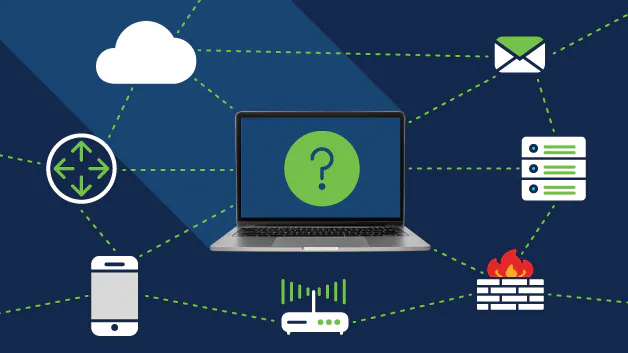An IP booter operates as a network stress testing tool, capable of overwhelming servers or networks with massive traffic volumes. These tools generate substantial amounts of data packets directed at specific IP addresses, potentially disrupting online services and websites. The growing accessibility of such tools has sparked intense discussions about their role in cybersecurity testing and potential misuse.
Network Stress Testing and Performance Analysis
IP booters measure network resilience by simulating high-traffic scenarios. Security professionals use these tools to identify weaknesses in network infrastructure and implement protective measures. The testing process involves sending controlled amounts of data to assess how systems handle the increased load, helping organizations strengthen their defences against genuine traffic spikes.
Technical Aspects of IP Booters
IP booters work through distributed networks, often utilizing multiple servers to generate traffic. They can create various types of network requests, including TCP, UDP, and ICMP packets. The tool’s effectiveness depends on factors like bandwidth capacity, server distribution, and target network infrastructure.
Protection Methods Against Network Attacks
Organizations adopt multiple strategies to defend against IP booter attacks. These include:
- Rate limiting to control incoming traffic
- Traffic filtering systems
- DDoS mitigation services
- Network monitoring tools
- Traffic pattern analysis
- Bandwidth management solutions
Rise of Cybersecurity Concerns
Recent years have seen increased attention to IP booter-related incidents. Cybersecurity experts point to the growing sophistication of these tools and their potential impact on critical infrastructure. The availability of such tools raises questions about network security practices and the need for enhanced protective measures.
Business Impact and Economic Effects
Companies experiencing IP booter attacks often face significant operational challenges. These incidents can lead to:
- Service interruptions
- Lost revenue
- Damaged customer trust
- Increased security costs
- System recovery expenses
- Resource allocation shifts
Network Infrastructure Considerations
Understanding network infrastructure vulnerabilities helps organizations prepare for potential IP booter incidents. Key aspects include:
- Bandwidth capacity planning
- Server redundancy
- Traffic routing optimization
- Emergency response protocols
- Network architecture design
- Resource distribution
As technology advances, both IP booters and defence mechanisms continue to evolve. Security professionals work on developing more robust protection systems while maintaining network performance. This ongoing development shapes how organizations approach network security and stress testing procedures.
Role of Service Providers
Internet service providers play a crucial part in addressing what Is an IP Booter is and its associated concerns. They implement traffic monitoring systems and collaborate with security firms to protect their networks, deploying advanced filtering mechanisms and establishing rapid response protocols for suspicious activities.
Industry Best Practices
Organizations follow established guidelines to maintain network stability:
- Regular infrastructure assessments
- Staff training programs
- Incident response planning
- System update protocols
- Performance monitoring
- Security policy reviews
Technological Advancements
New technologies offer improved ways to handle network stress:
- AI-based traffic analysis
- Smart filtering systems
- Automated response tools
- Cloud-based protection
- Real-time monitoring
- Predictive defence systems
The discussion surrounding IP booters reflects broader concerns about network security and performance testing. These tools demonstrate the complex balance between legitimate testing needs and potential system vulnerabilities. Understanding their capabilities and impacts helps organizations develop effective security strategies while maintaining optimal network performance. The ongoing evolution of both attack methods and defence systems continues to shape how we approach network security challenges.













Comments